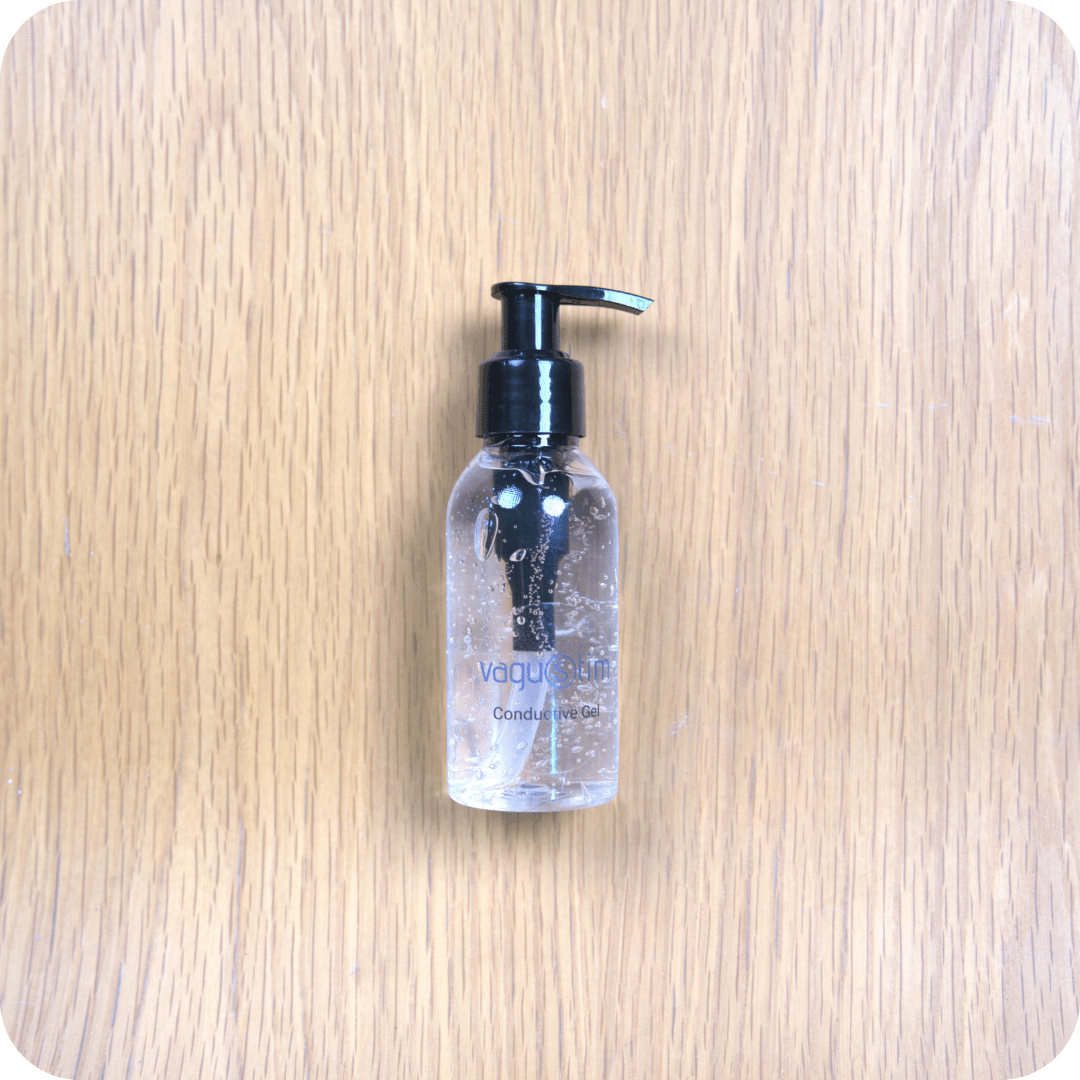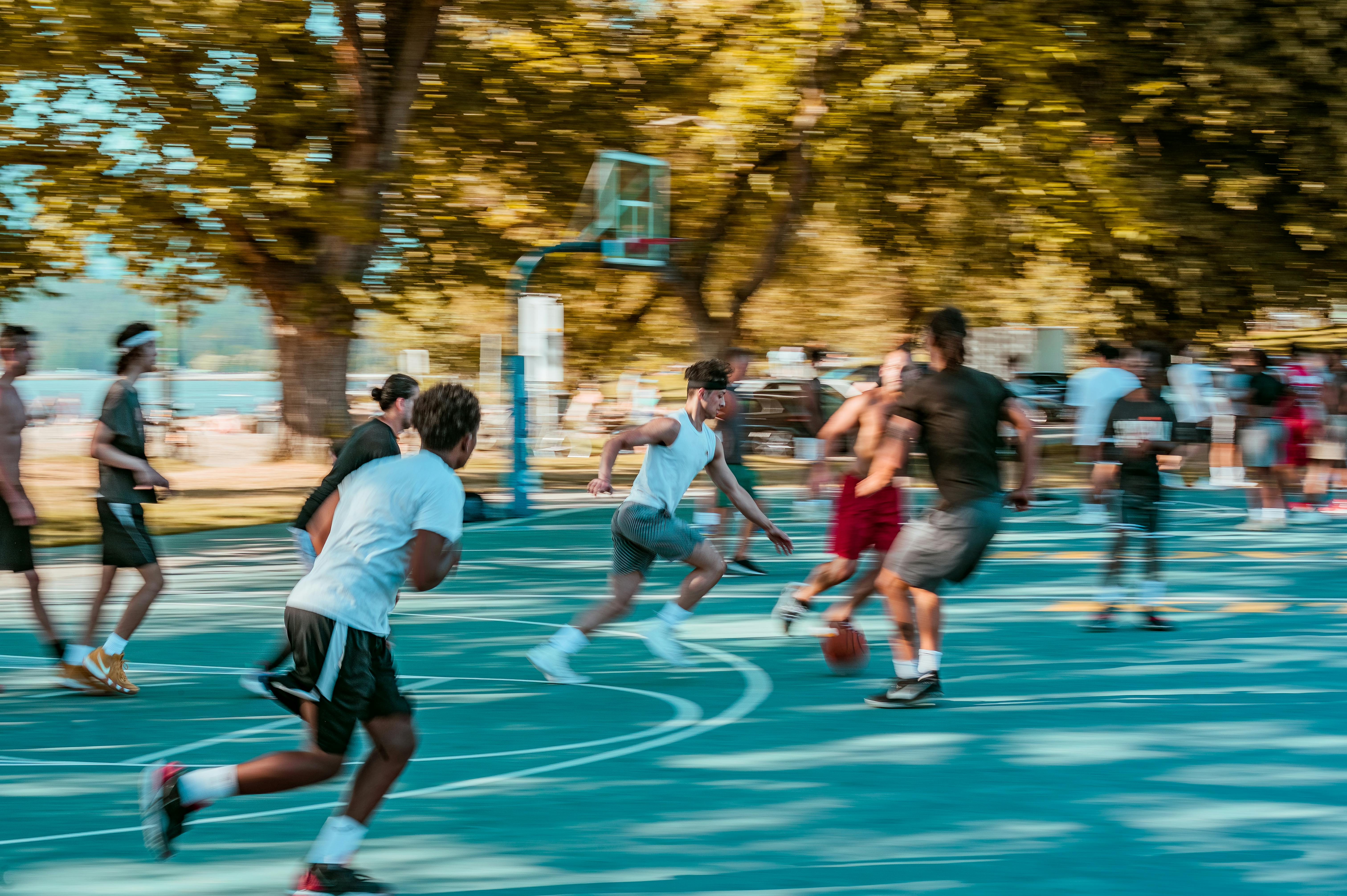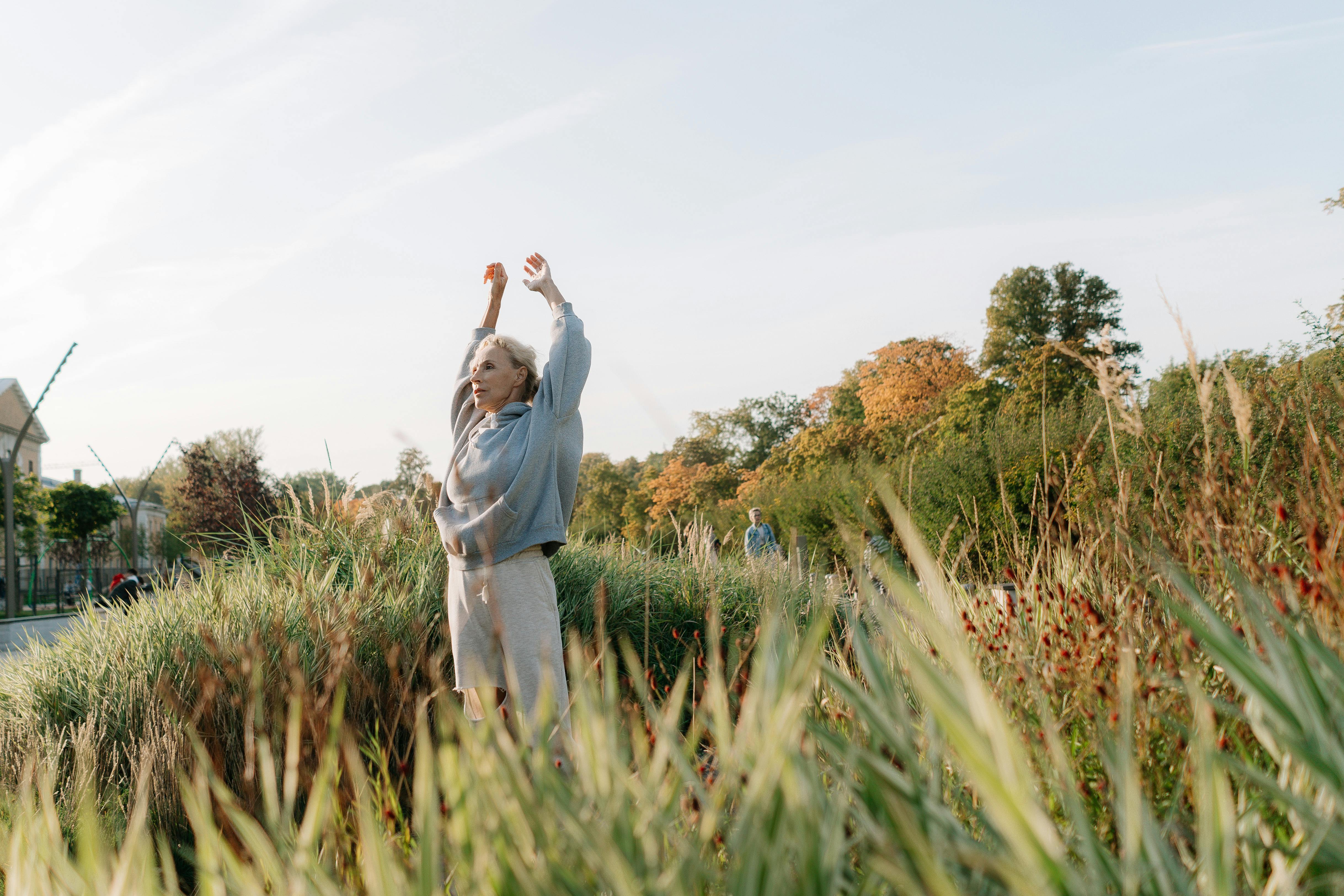Abstract: COVID-19 pandemic has caused unprecedented morbidity, mortality and global disruption. While most COVID-19 patients have mild symptoms and recover within several weeks, more than 50% are left with ongoing symptoms several months later many of which appear autonomic in nature. Autonomic nervous system (ANS) dysfunction may be the underlying mechanism of Post or Long Covid syndrome and appears to be related to its symptoms.
Neuromodulation methods can improve and regulate the activites of the sympathetic and parasympathetic branches. Vagus Nerve Stimulation (VNS) is approved for the treatment of drug refractory epilepsy and depression. Also it has been shown to attenuate hyperinflammation and it carries the potential for correction of the imbalance in ANS. So it can be said that noninvasive VNS can be used as an adjunct therapy in COVID-19 patients. In COVID-19 pneumonia cases, transcutaneous auricular VNS can reduce markedly elevated interleukin-6 levels. In addition, VNS appears to be useful in COVID-19 related respiratory symptoms. However, selective VNS is important to decrease unwanted side effects like bronchoconstriction in COVID-19 caused acute respiratory distress syndrome. VNS can further decrease airway passage by increasing mucus secretion. To prevent this, organ/function-specific stimulation will be better for regulation of the ANS. VNS is also recommended for the treatment of cytokine storm in severe COVID-19 patients and again monitoring of the ANS is suggested for more accurate treatment.Cytokine storm is strongly correlated with sympathetic overactivity and ANS dysfunction. So it can be said that PNS-mediated anti-inflammatory effect is diminished in hyperinflammatory status. Chronic ANS dysfunction in Post-Covid patients probably continues in a vicious circle. Disease-related stress also aggravates the condition. As a safe treatment method, auricular VNS can be preferred as an adjuvant therapy in Covid-19 and similar infectious diseases with hyperinflammation. The ability of VNS to modulate the immune system without impairing specific immunity to infectious agents is highly advantageous in the treatment of inflammatory conditions due to COVID-19 and other infectious agents. Non-invasive neuromodulation methods can be preferred for the management of COVID-19 symptoms both in the active disease period or after it to control long COVID. Non-invasive cranial microcurrent stimulation can reduce vascular dysregulation and improve cognitive impairment in Post Covid patients. Vagus nerve signal disorder and ANS dysfunction are most likely to occur in long COVID. This is often accompanied by an immune system disorder. Fatigue, malaise, brain fog, headaches, sleep problems, muscle pain, tachycardia are commonly seen in Long COVID and all are related with ANS dysfunction. VNS is a method that has been recognized as safe and it can be beneficial for the treatment of postural orthostatic tachycardia syndrome and other symptoms related with Long COVID.




